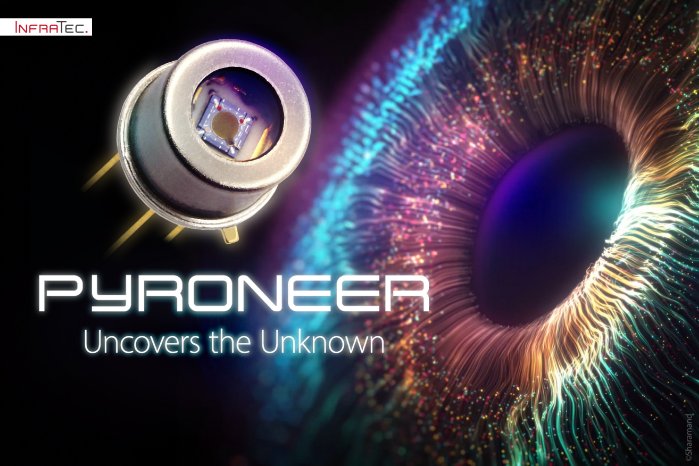Tried-and-tested material in a future-proof design
The advantages of lithium tantalate are clearly evident. With its high Curie temperature of more than 600 °C, LiTaO3 offers rugged and reliable detector performance as well as excellent long-term stability of the signal voltage. Due to a very low temperature coefficient and a lower dependence of the measurement sensitivity on the incident power, the material is ideally suited for use in changing environmental conditions, as is typical for mobile spectrometers.
The LSV LiTaO3 detectors in the PYRONEER series are based on the proven LIE-312(f) and LIE-332(f) detectors. Their design has been adapted to the modern manufacturing technologies developed for DLaTGS detectors. Thus, the LiTaO3 spectrometer detectors can be reliably and efficiently manufactured in the desired quantities in the future as well.
The design update also included sustainability optimizations for the LiTaO3 detectors. The LSV series fully complies with the strict limits of the current RoHS Directive.
The first representatives of a new series – LSV-7313 and LSV-9313
LSV-7313 and LSV-9313 with ⌀1.3 mm respectively ⌀2.0 mm sensor elements, are optimized for short thermal time constants and replace the previous LIE-312(f) and LIE-332(f).
Possible applications of LSV detectors
LSV detectors of the PYRONEER series feature excellent signal stability and linearity and require neither cooling nor temperature stabilization. They are suitable for cost-effective and robust FTIR-based measurement systems, especially for use outside the laboratory in mobile devices or where there are significant variations in IR radiation power.
Suitable spectrometer detectors
PYRONEER series users can now choose between high-performance LiTaO3 and DLaTGS detectors. With the specially adapted precious metal black layer on the pyroelectric elements, these detectors meet the highest requirements, as is common in FTIR spectroscopy.


